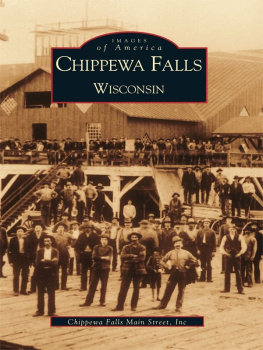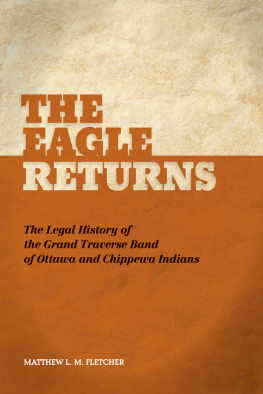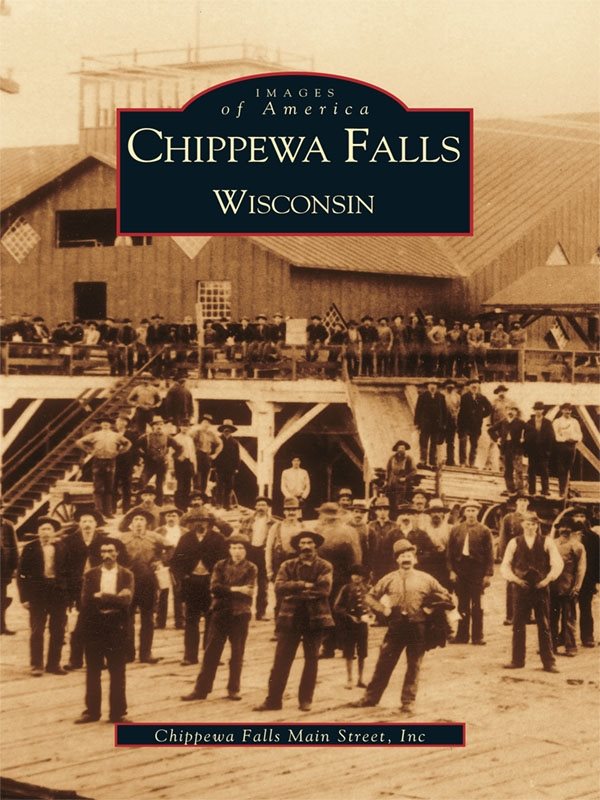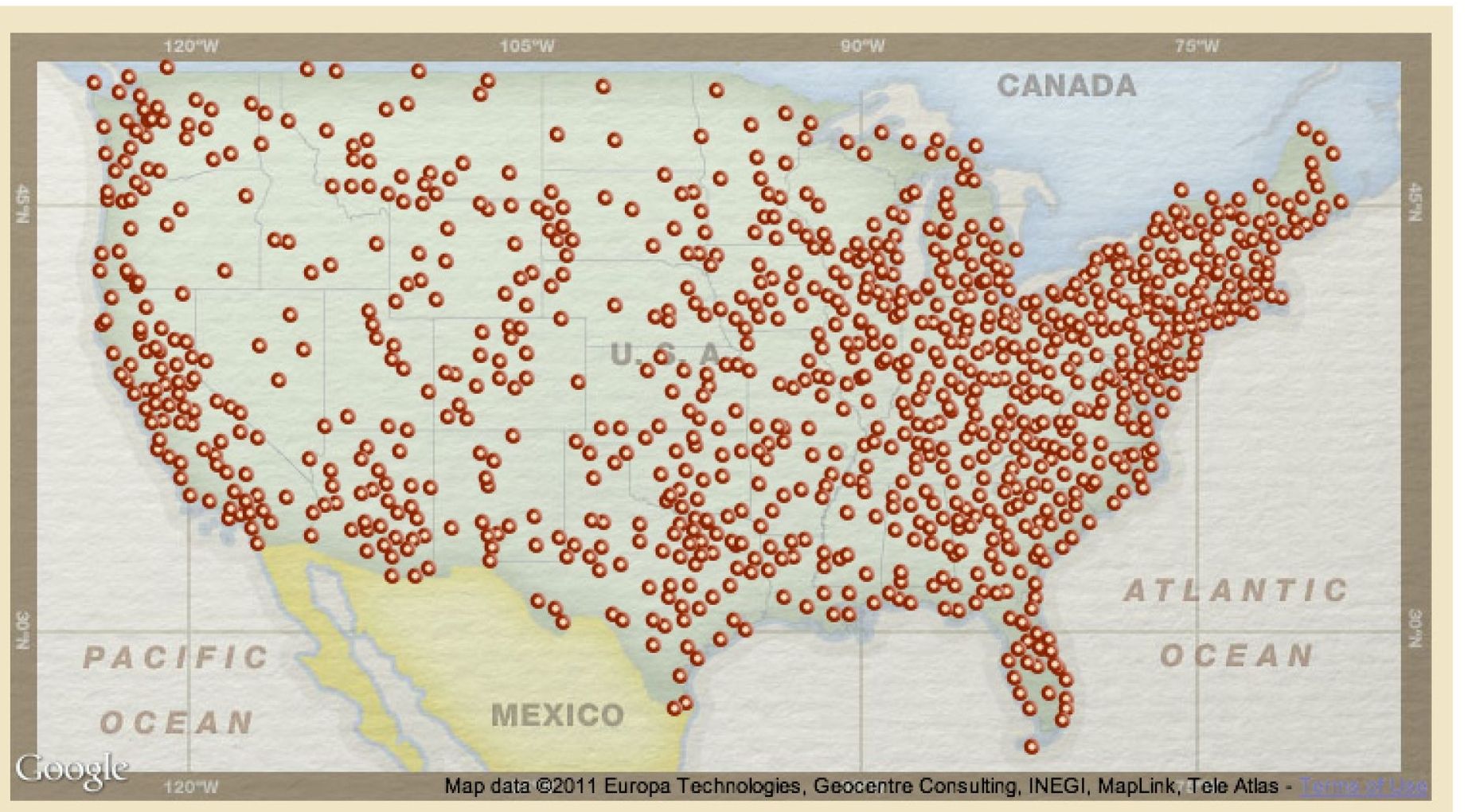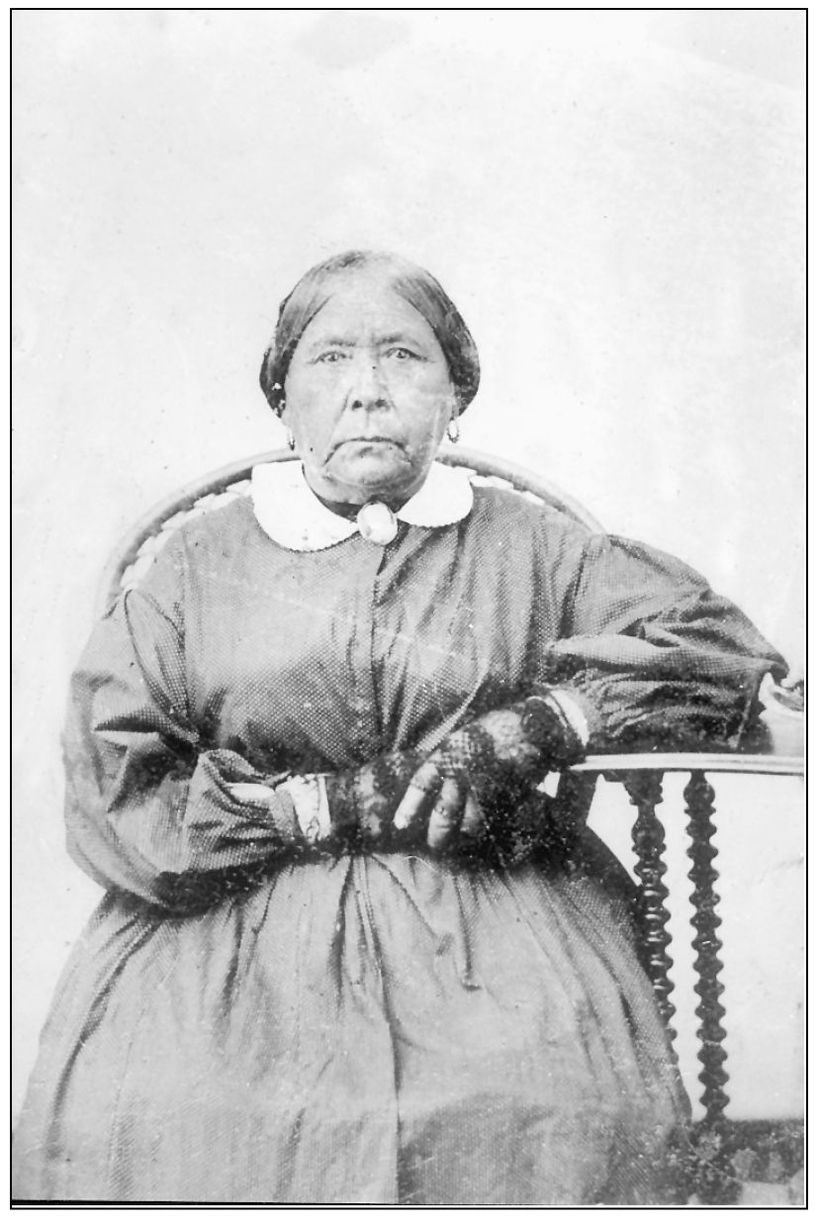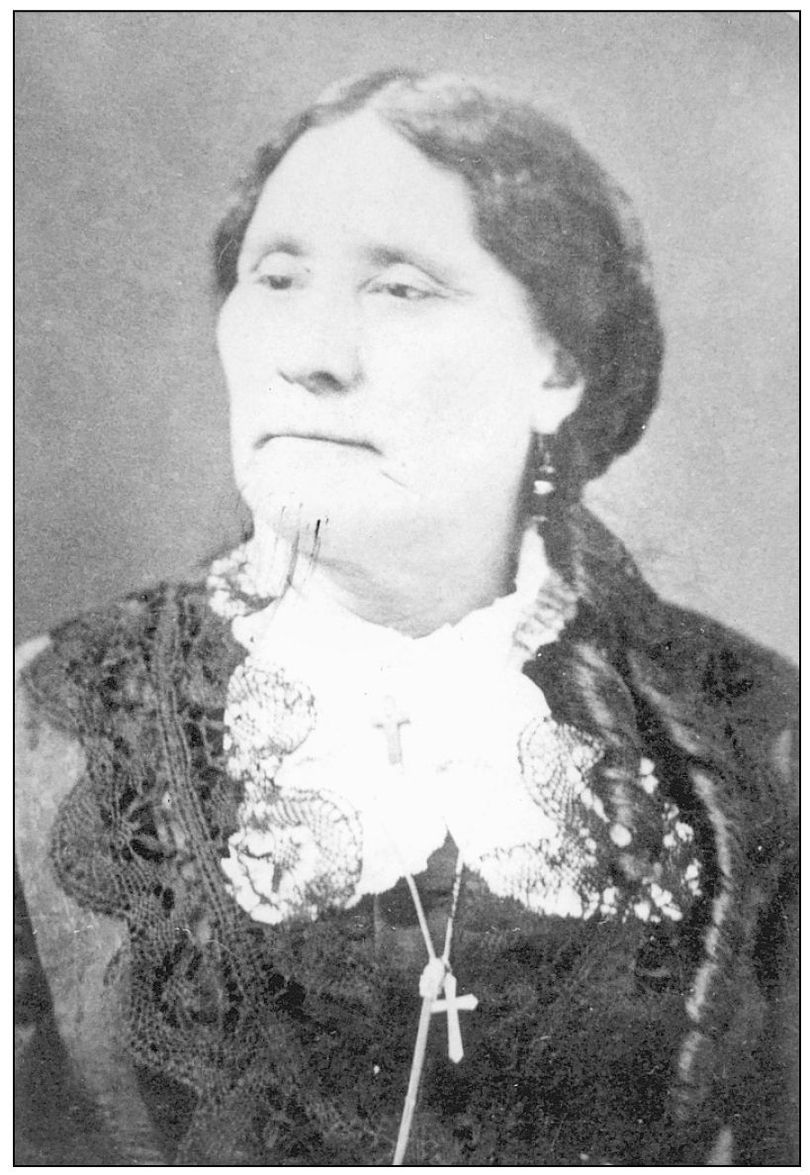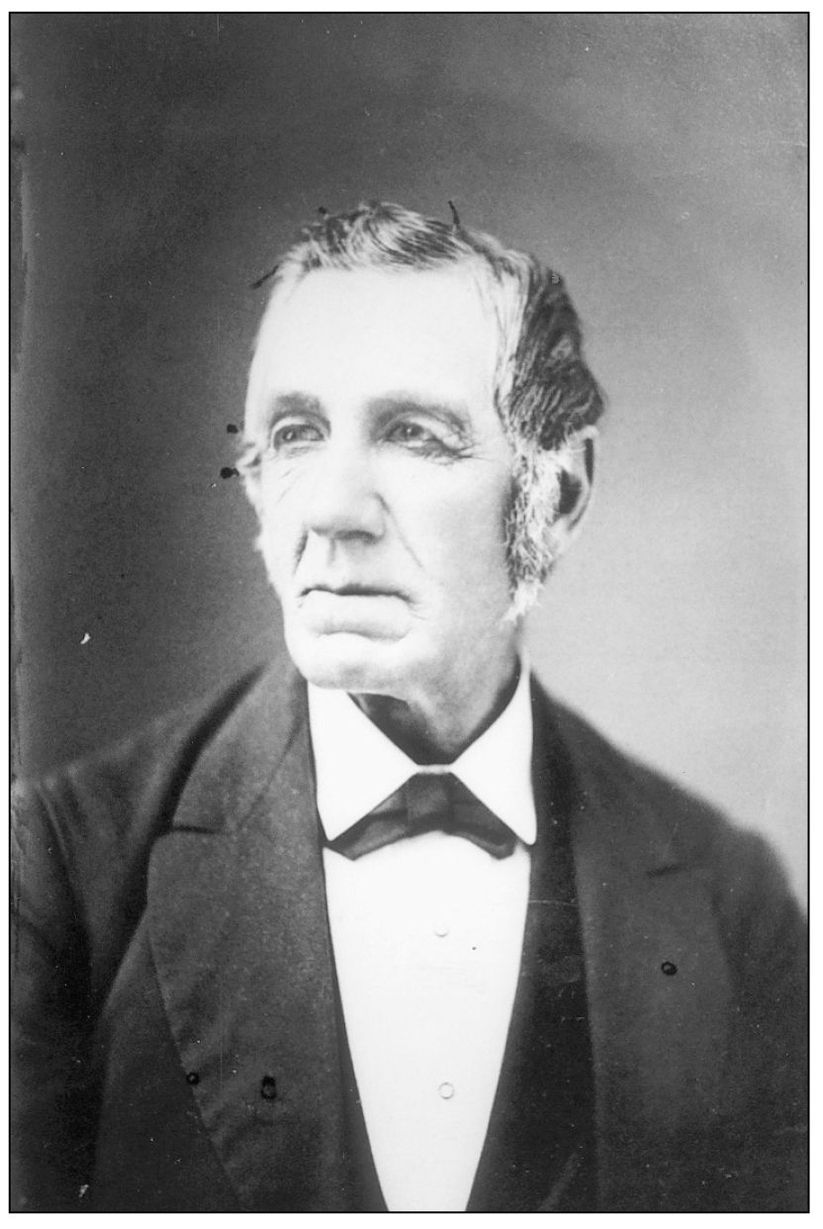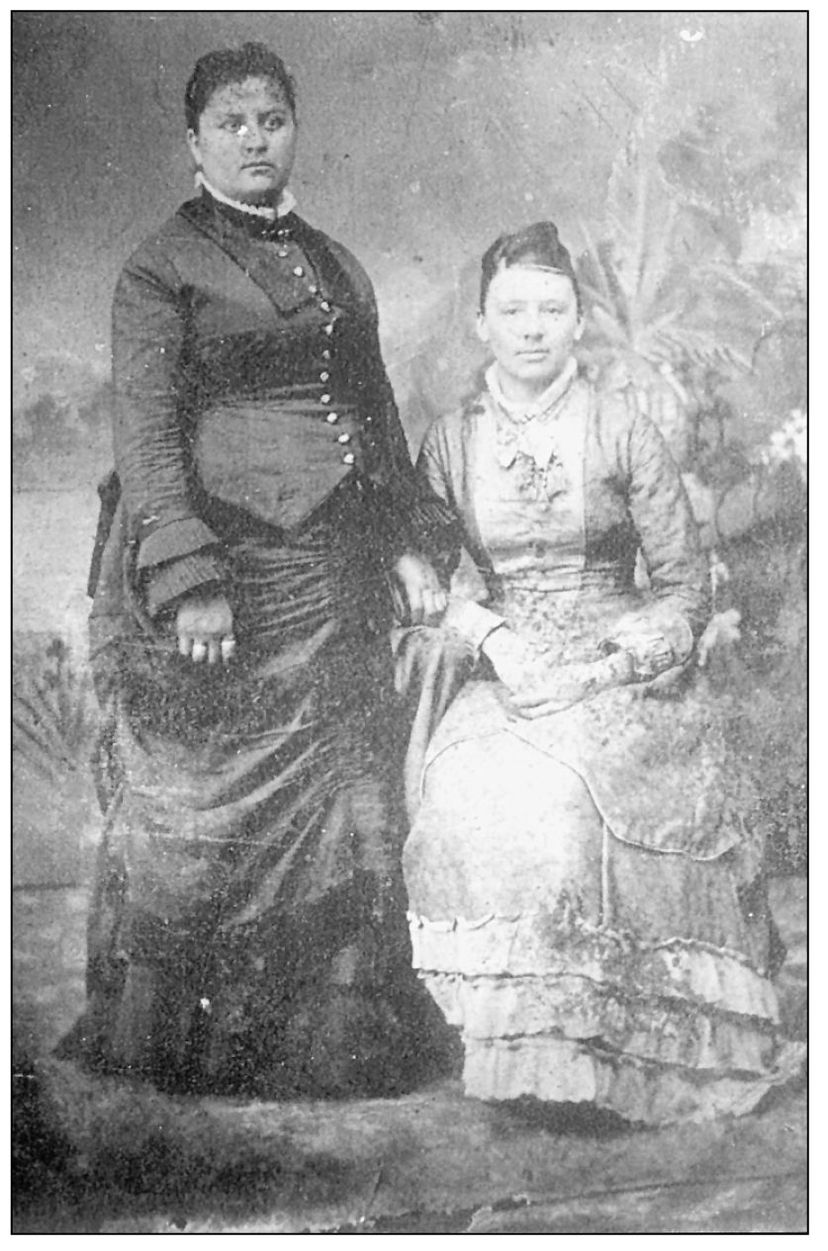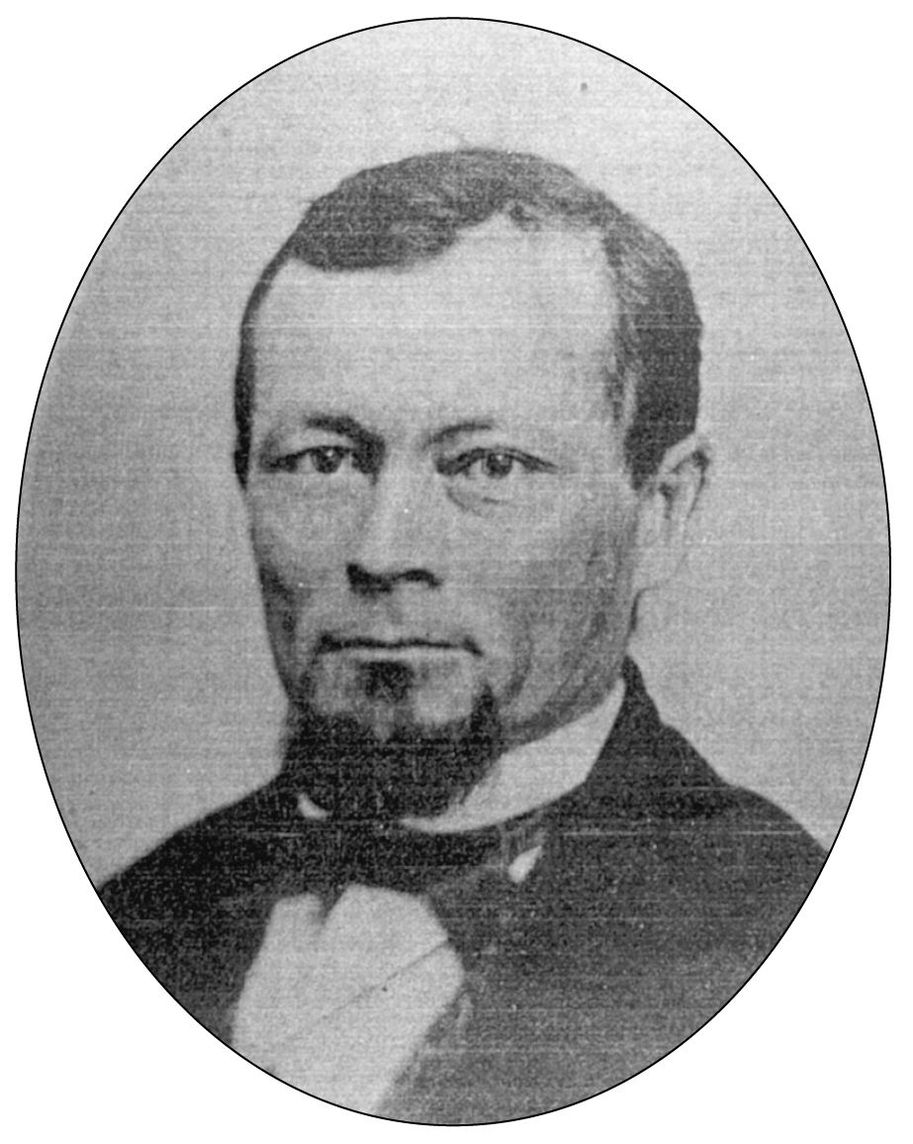One
IN THE BEGINNING
A t the confluence of Duncan Creek and the Chippewa River, a community took root during the fur-trading era and grew up during the lumbering era. At first carried on by men of small means, prosperity came to those who persevered through floods and fires and financial disasters.
Michael Cadotte succeeded his French-Canadian father and Ojibwa mother in the fur trade when he set up a fur trading post on the south bank of the Chippewa River in 1797. He married Equaysayway, the daughter of the hereditary chief of LaPointe. After her conversion to Catholicism, Chief White Crane named his daughter Madeline. The Cadottes two daughters, Mary and Charlotte, married two brothers, Lyman and Truman Warren, and in 1823, Michael Cadotte sold his business in the Ojibwa trade to his sons-in-law. The Warrens were contemporaries of Jean Brunet, Louis and Angeline Demarais, and Hiram Allen, all of whom, beginning in 1836, were building the sawmills that marked the beginning of Chippewa Falls. In 1874, Geneve Cadotte, granddaughter of Michael Cadotte, married Francis LaRush in Chippewa Falls. Descendants of Equaysayway and Michael Cadotte are members of the Chippewa Falls community today.
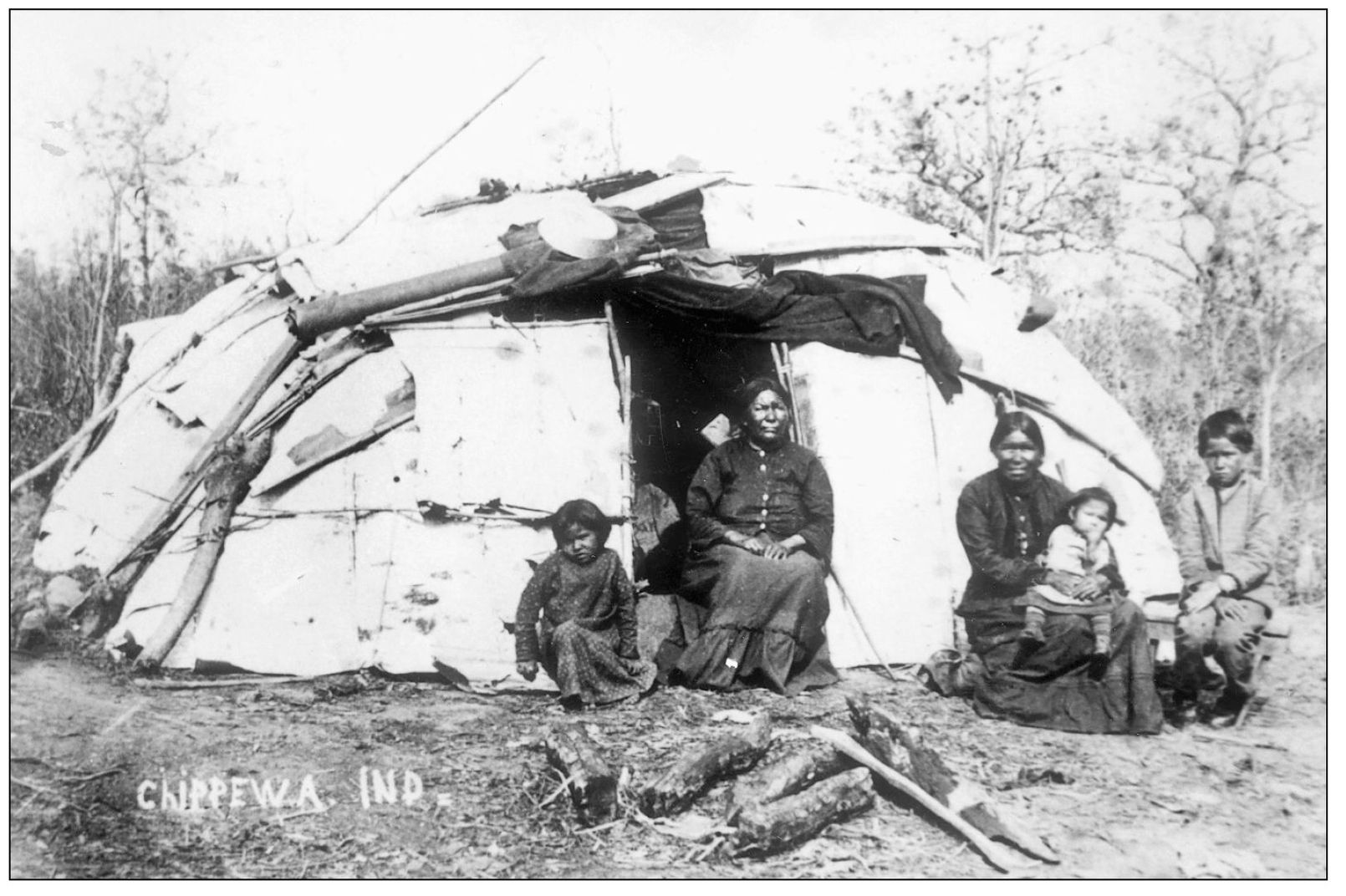
Jean Brunet was born in Gascogne, France, in 1791. After coming to this country, he moved to Prairie du Chien. In 1836, he was hired by Hercules Dousman of the American Fur Company to oversee the construction of a sawmill on the river at Chippewa Falls. The mill would later be referred to as the largest sawmill under one roof. William Irvine described Brunet in 1926 as a dignified, courtly gentleman, full of interesting information which he imparted graciously and intelligently. It was always a pleasure to talk to him. (Courtesy of Rutledge Home.)
Angeline Quarla Demarais, the French and Native American wife of Louis Demarais, was remembered by her contemporary, Thomas Randall, as the countys first physician of uncommon natural abilities, and with education and culture would have graced a high social position in any community. She died in 1882, at the age of 110 years. (Courtesy of CCHS.)
Marie Demarais Allen, the oldest daughter of Angeline and Louis, married Hiram Allen in 1838 in Chippewa Falls, where both were held in high regard by the Ojibwa bands. Marie was a devout Catholic and the mother of 11 children. When she died in 1894, Notre Dame was filled with her old acquaintances. (Courtesy of CCHS.)
Hiram Storrs Allen was identified with every public enterprise, from building steamboats, sawmills, roads, and railway lines, to establishing stage lines. He was the father of Chippewa Falls and was a keen businessman and hard worker. When he died in 1886, the mayors proclamation closed every business in the city on the day of the funeral. (Courtesy of CCHS.)
Margaret Demarais Trepanier and Mary Trepanier Ferguson, the daughter and granddaughter of Angeline and Louis Demarais, and the wife and daughter of Joseph Trepanier, a logger in Chippewa Falls, are pictured here. (Courtesy of CCHS.)
George P. Warren, grandson of Michael and Madeline (Equaysayway) Cadotte and a capable farmer in the Chippewa area, married Rosalie Demarais. A Civil War veteran, Warren made frequent trips to Washington, D.C., as an Ojibwa interpreter. President Lincoln called him the cleverest and best informed man of Indian blood he had ever seen. (Courtesy of CCHS.)
The mill was the very beginning of Chippewa Falls, which depended on its continued operation for growth. After surviving floods and foreclosures, Frederick Weyerhaeuser turned the Chippewa Lumber and Boom Company mill into the largest sawmill under one roof in the world. (Courtesy of CCHS.)

